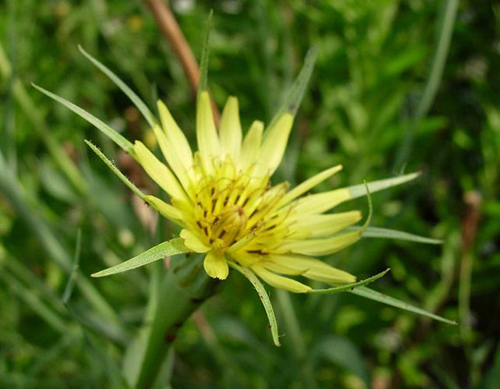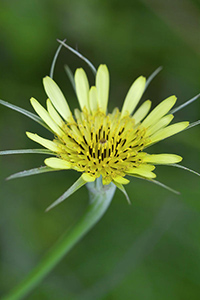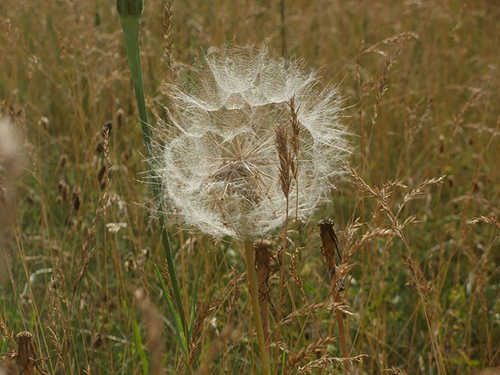Contents
The root of the yellow goatsbeard plant was already used in ancient Greece. The plant appears in some fresco paintings found in Pompeii, indicating that it was also part of the Roman diet.

During the Middle Ages, it was farmed and consumed, though it lost popularity with the coming of the industrial age. Nowadays, yellow goatsbeard is both a natural remedy and a food.
Healing Properties and Warning
The yellow goatsbeard plant root is sweet in flavor and slightly gummy. It contains several sugars (carbohydrates), such as inositol and mannitol, and small amounts of proteins and lipids (fats). It is a good appetizer and diuretic, sudorific (increases perspiration), and depurative.
Its use is especially recommended for those people suffering from arteriosclerosis, rheumatism, gout, and high blood pressure. It promotes the elimination of toxic metabolic waste. Diabetic people may take it freely because its carbohydrates do not increase glucose in the blood.

Yellow Goatsbeard Scientific Facts
- Other names: Meadow Salsify, Noonday Flower, Noon Flower, noontide, and Star of Jerusalem.
- French: Salsifis, barbe de bouc.
- Spanish: Salsifi, barba de cabra.
- Environment: Humid fields and roadsides all over Europe. Naturalized in warm and cold regions of America.
- Description: A plant of the Compositae family growing from 30 to 80 cm high, it has an upright system embraced by elongated, needle-tipped leaves and a fleshy, light-brown root.
- Parts of the plant used medicinally: The root and the leaves.

WARNING! Do not eat yellow goatsbeard fruits and seeds, which are toxic. The rest of the plant does not present problems.
How to use Yellow Goatsbeard
- Root: The best way to take advantage of its virtues is by eating it raw, sliced in a salad. It may also be cooked.
- Young leaves: In a salad. Their flavor resembles that of chicory and lettuce.
DISCLAIMER: All content on this website is presented solely for educational and informational objectives. Do not rely on the information provided as a replacement for advice, diagnosis, or treatment from a qualified medical expert. If you are pregnant, nursing, or have any preexisting medical concerns, talk to your doctor before using any herbal or natural medicines.
REFERENCES
- George D. Pamplona-Roger, M.D. “Encyclopedia of Medicinal Plants.” George D. Pamplona-Roger, M.D. Encyclopedia of Medicinal Plants. Ed. Francesc X. Gelabert. vols. 1 San Fernando de Henares: Editorial Safeliz, 2000. 243. Print. [yellow goatsbeard plant]
- PubMed https://pubmed.ncbi.nlm.nih.gov/
- Google Scholar https://scholar.google.com/
